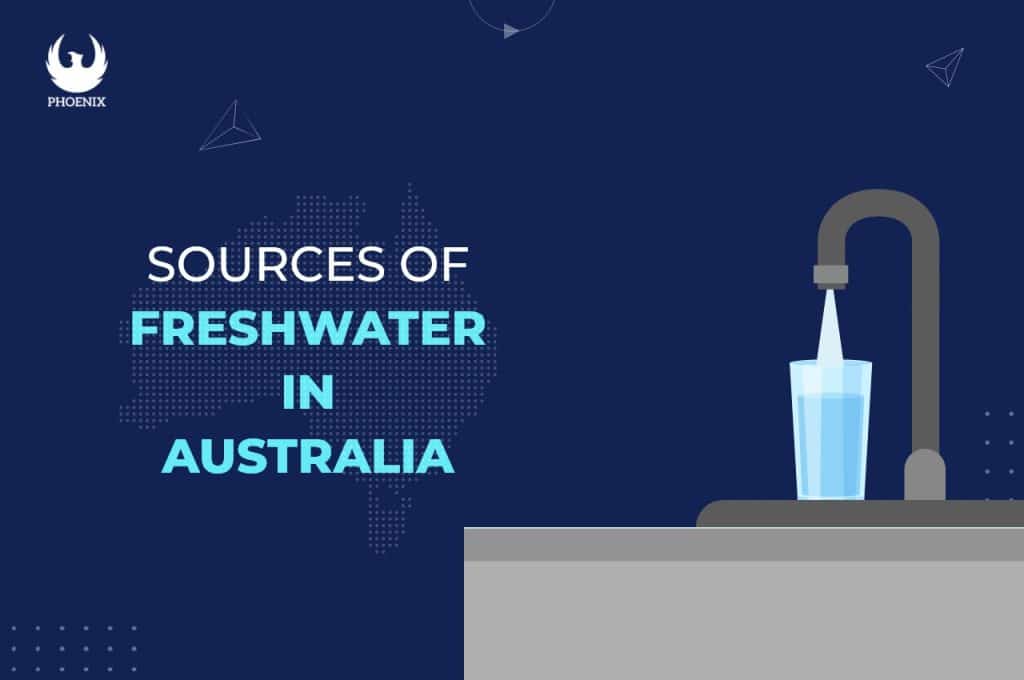Australia is the world’s driest continent. It receives less than 600mm of rain per year, has the least quantity of water in rivers, and has the lowest area of permanent wetlands. With water being such a limited water resources in Australia, how can Australia’s 25 million people stay afloat? In Australia, where does the water originate from? Allow us to explain:
Water Resources in Australia
1) Rivers and streams
Australia contains 439 rivers, the majority of which are minor tributaries to bigger rivers. Among these rivers are the Murray, Darling, Murrumbidgee, Lachlan, and many more. The Murray-Darling River basin contains Australia’s largest river system, which accounts for more than half of the country’s total water consumption. The Murray-Darling Basin River, a major water resource in Australia, provides drinking water to over 3 million Australians. Six of Australia’s seven major rivers flow through the Murray-Darling Basin.
Also read: Is Ro Water Good for Health?
2) Reservoirs
Reservoirs are the primary supply of municipal water in most regions of Australia. Reservoirs are reliant on rainfall, rendering them unpredictable during prolonged droughts. The Wivenhoe Dam, located west of Brisbane, supplies almost half of the city’s water. A substantial percentage of Adelaide’s water comes from reservoirs in the Murray-Darling River basin. Warragamba Dam now provides water to over 3.7 million people in greater Sydney.
3) Groundwater
Ground water is a key resource in Australia. Groundwater contributes to up to 30% of total water use in Australia. Groundwater salinity in Australia ranges from pure, potable groundwater to extremely saline water, and groundwater management requires careful attention. The Great Artesian Basin is one of the world’s largest subterranean water reserves.
4) Wastewater
Australia is an arid continent with one of the highest water consumption rates in the world; therefore recycling is an important element of its water strategy. Australia has about 268 water treatment plants that process water resources in Australia like groundwater, wastewater, saltwater, and other kinds of water and manage over 50 megalitres per year. Western Australia is the best at reusing this type of water, recovering over 30% of their sewage.
5) Seawater
The desalination facility in Australia uses reverse osmosis to extract dissolved salts from seawater. The only climate-independent water sources are desalinated saltwater and recycled wastewater. Large desalination facilities can remove salt and pollutants from saltwater and make it usable in Perth, Binningup (WA), Adelaide, Sydney, Dalyston (Victoria), and the Gold Coast. The Adelaide Desalination Plant (ADP) ensures that there are enough water resources in Australia.
Because Australia relies heavily on desalinated and chemically treated water. Your drinking water should be disinfected, filtered, cleaned, and preserved. It can occasionally pick up rust, silt, and muck from the inside, which is likely to be present in the pipes. Because of our experience in gravity water filters, we deliver the best gravity water filter for home. Our Stainless Steel Water Filters in Phoenix ensures that the minerals our bodies require are not washed away by technology and numerous filtration processes, making them superior to the market’s conventional RO water filters.

